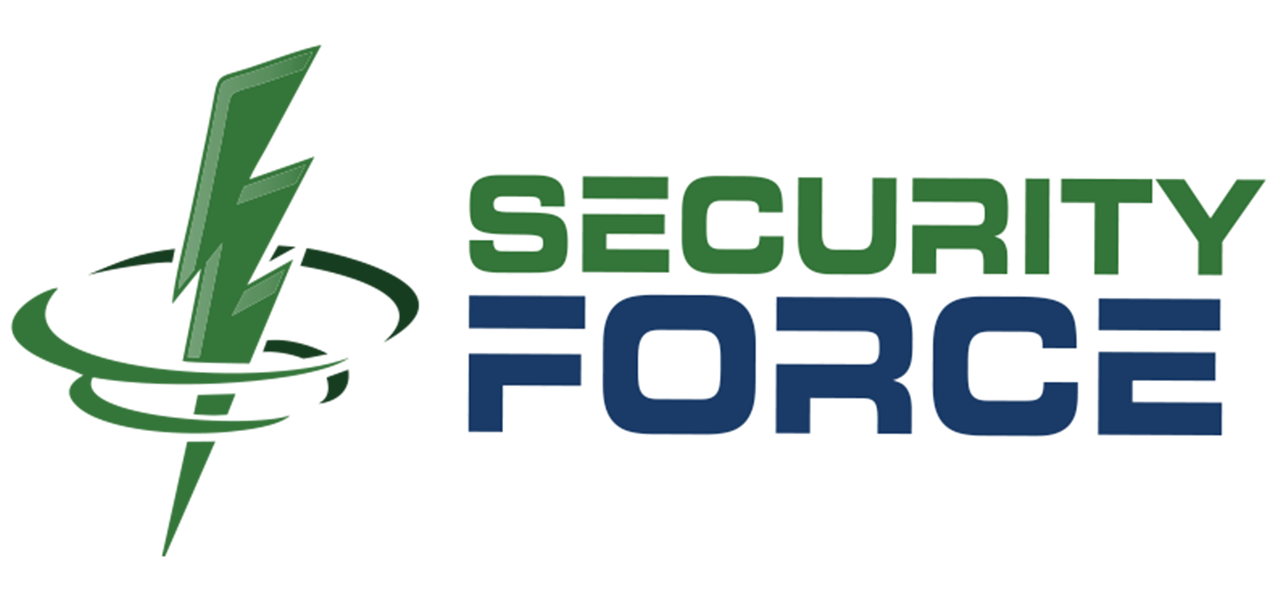We all know about multi-factor authentication (MFA) when it comes to digital security: something you know (like a password), something you have (like a phone or key), and something you are (like a fingerprint). When we use two or more of these, we significantly increase our protection against unauthorized access. But what we often forget is that physical security also relies on multiple factors—and when those factors are compromised or combined improperly, even the best locks or systems can fail miserably.
Take a classic and shockingly common example: writing your address on your house key.
Seems harmless, right? You lose your keys and a Good Samaritan knows where to return them. But if those keys fall into the wrong hands, you’ve just handed a criminal both factors they need: the key (something you have) and the location (something they need to know). That’s not just a security flaw—it’s an open invitation.
Here are some of the most common physical security “multifactor failures”—ways we unintentionally combine security elements in a way that defeats the whole purpose.
1. Labeling Keys with Identifying Info
This one deserves repeating. A key with an address, name, or company label removes all mystery. Even if your keychain only says “Front Door – Apt 203,” that might be enough for someone who finds it in your gym locker or dropped in the parking lot. You’re turning what should be a protected credential into a self-addressed invitation.
Fix: Use color-coded key caps or symbols only you recognize. If labeling is necessary, keep identifiers vague and separate from addresses or locations.
2. Leaving Keys in Predictable Hiding Places
Think you’re clever hiding the spare under the flower pot? So does every burglar in history. When you leave a key in a place that anyone can guess—under a rock, in the mailbox, inside the grill cover—you’re not using a second factor. You’re just making the first one extremely easy to find.
Fix: Use a lockbox with a code you can change. Or better yet, give a spare to a trusted neighbor.
3. Using Badges and Uniforms Without Verifying Identity
Security badges and uniforms are supposed to be “something you have” that proves “who you are.” But if your staff, vendors, or residents don’t challenge people without badges—or assume a uniform equals permission—you’ve eliminated the need for any real authentication.
Fix: Train people to verify identity beyond appearances. Encourage a culture where it’s okay to ask, “Can I see your ID?” even if someone’s wearing a branded shirt.
4. Single Points of Failure: One Key for Everything
Using one key for multiple doors might seem convenient, but it turns one lost object into a full-blown security breach. It’s like using the same password for every online account. If it gets compromised once, it’s game over.
Fix: Use different keys or systems for different areas, especially for sensitive locations. Where possible, incorporate keypad codes, biometrics, or time-based access controls.
5. Obvious Alarm Codes or Combinations
Do you use 1-2-3-4 or your birthday as your alarm code? If so, you’ve turned “something you know” into something anyone can guess. And if you’ve written it on a sticky note near the door, it’s not really protected knowledge at all.
Fix: Use non-obvious combinations and update them regularly. Keep access codes private and off paper—especially paper near the system itself.
The Big Idea: Don’t Bundle Your Security Factors
Security fails when you make it easy to go from possession to access without requiring anything else—like writing your address on your key, or labeling sensitive equipment in ways that help intruders. In a world where we know how effective MFA can be online, it’s time to apply that thinking to the real, physical world too.
Good physical security means separating your factors and protecting them individually. A key is just a key until you combine it with a door. An access badge means nothing unless it’s linked to verified identity. When you treat every piece of the system as valuable—and avoid making shortcuts—you build security that’s smarter, stronger, and safer.
So don’t write your address on your house key. Seriously. Grandad would not approve.

